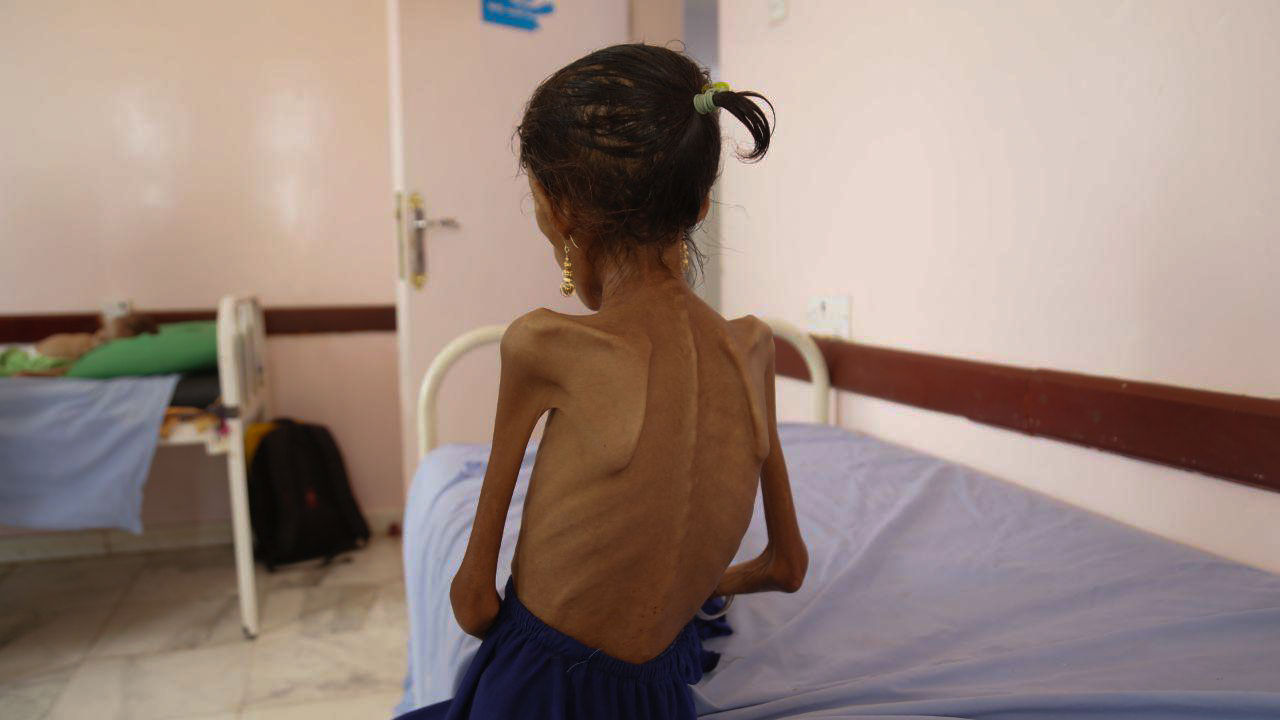The Economic War on Yemen
YemenExtra
Y.A
By Daniel Larison
Declan Walsh reports on the famine conditions that threaten the lives of up to 14 million people in Yemen. Here he explains the devastating effects of the policies of the Saudi coalition and Hadi government on the economy:
Yemen’s economic crisis was not some unfortunate but unavoidable side effect of the fighting.
In 2016, the Saudi-backed Yemeni government transferred the operations of the central bank from the Houthi-controlled capital, Sana, to the southern city of Aden. The bank, whose policies are dictated by Saudi Arabia, a senior Western official said, started printing vast amounts of new money — at least 600 billion riyals, according to one bank official. The new money caused an inflationary spiral that eroded the value of any savings people had.
The bank also stopped paying salaries to civil servants in Houthi-controlled areas, where 80 percent of Yemenis live. With the government as the largest employer, hundreds of thousands of families in the north suddenly had no income.
Aid agencies warned that relocating the central bank and politicizing the last national institution would have disastrous effects on the civilian population, and those warnings have unfortunately been proven correct. The non-payment of salaries has been a guaranteed way to impoverish these employees and their families. Yemenis are faced with economic collapse and rising prices due to shortages and the falling currency. The rapid deterioration of the currency in recent months has exacerbated the crisis severely. The main causes of this catastrophe can all be traced back to the deliberate policies of the Saudi coalition, and as such the U.S. shares responsibility on account of our government’s unconditional support for the coalition.
Walsh also reports on the systematic targeting of food production and distribution that contributes to the starvation of the population:
Economic warfare takes other forms, too. In a recent paper, Martha Mundy, a lecturer at the London School of Economics, analyzed coalition airstrikes in Yemen, finding that their attacks on bridges, factories, fishing boats and even fields suggested that they aimed to destroy food production and distribution in Houthi-controlled areas.
The coalition’s attacks on food production and distribution show that their forces are deliberately striking civilian targets. Moreover, they are doing this with the intention of depriving people of both the livelihoods that these farms and fishing boats provide and denying the population access to the food that comes from them. The coalition’s targeting of Yemen’s food production and distribution has been known for some time, but this is one of the few times that it has been mentioned in a major American paper.
Yemen’s humanitarian crisis is the most important story in the world, but because its victims are poor and practically invisible to the rest of the world their stories are mostly unheard and then ignored even when they are told. For that reason, it is always good to see more reporting on Yemen’s humanitarian crisis, and this latest article in The New York Times should draw more attention to the plight of Yemen’s people because of the harrowing photos of starving children included in it. Unfortunately, the crisis is of such a magnitude and the need for relief is so urgent that much more will be required. Ending U.S. involvement in the war that has destroyed their country and starved its people is a necessary step in bringing a halt to the fighting, and I hope Congress will do that by voting for H.Con.Res. 138 and S.J.Res. 54. To prevent one of the largest modern famines from claiming the lives of millions of people, the governments responsible for sabotaging Yemen’s economy will have to reverse the destructive policies that have brought the country to its current state.

